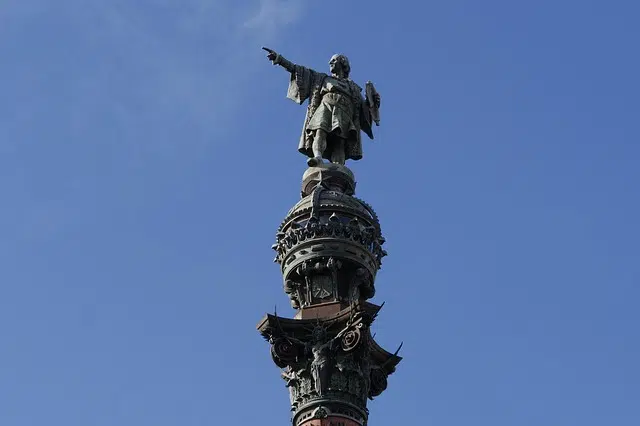
The celebration of Halloween in non-Anglo-Saxon countries is an example of transculturation.
Transculturation is a phenomenon that occurs when a social group receives and adopts cultural forms that come from another group . The community , therefore, ends up replacing its own cultural practices to a greater or lesser extent.
The concept was developed in the field of anthropology . The Cuban anthropologist Fernando Ortiz Fernández ( 1881 – 1969 ) is identified as the person responsible for coining the notion within the framework of his studies on cultural contact between different groups.
Characteristics of transculturation
In addition to all of the above, we have to emphasize that this phenomenon of transculturation can be divided into different types. Thus, there are colonization, immigration, rebirth or reception at a distance.
Any of these modalities gives rise to the adoption of cultural forms becoming palpable in different areas of society. In this way, the most common thing is that these changes are most palpably noticeable in the language, in the way of dressing, in cultural matters or even on a professional level.
The Christopher Columbus effect on American soil
We can see a clear example of transculturation in America from the discovery of the continent by Christopher Columbus in the year 1492. With the colonization of these lands, the inhabitants of these lands saw how their cultural heritage took a radical turn in many aspects and perhaps One of the changes that best shows this change is that the Catholic Church tried to impose its beliefs on them at all costs.

The colonization of the American continent launched a process of transculturation and acculturation.
Currently, the existing levels of immigration and also the so-called globalization are the phenomena that are allowing the existing levels of transculturation to grow palpably.
The meaning of the term changed over the years, especially with respect to its field of action. Initially, transculturation was understood as a process that developed gradually until acculturation occurred (when one culture is imposed on another).
Transculturation and conflict
Although transculturation can develop without conflict, the process usually generates confrontations since the receiving culture suffers the imposition of traits that, until then, were foreign to it.
Little by little, transculturation began to be used to describe the cultural changes that occur over time. In this sense, transculturation does not necessarily imply a conflict, but rather consists of a phenomenon of cultural enrichment.
Division by phases
Specifically, we can establish that the transculturation process is divided into three phases: the partial loss of culture, the incorporation of what is the external culture and finally the recomposition effort that is necessary to undertake so that the balance is produced between the elements that They have come from outside and those that survive from what the original culture is.
At a more general level, it can be said that transculturation is the adaptation of the traits of a foreign culture as one's own . The transition occurs in various phases where, inevitably, certain elements of the original culture are lost. Some experts note that the conflict occurs in the first phase of transculturation, when the foreign culture begins to impose itself on the original one.
